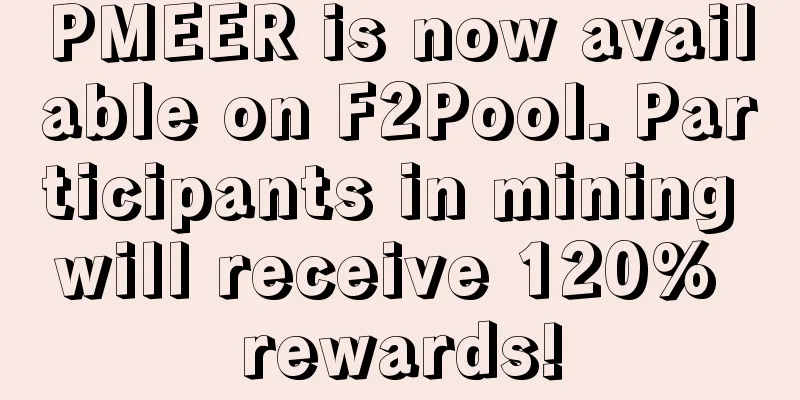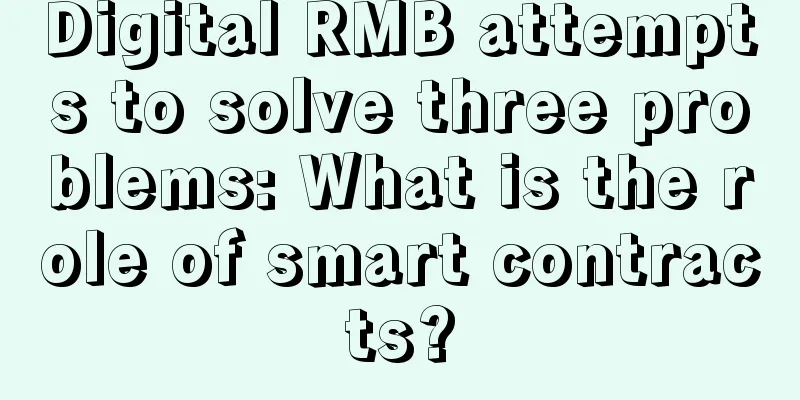21 Inc's Black Technology Sensor21: Use Test Data in Exchange for Bitcoin

|
In a previous article, we introduced the concept of Ping21, which allows you to rent out your machines in exchange for small amounts of Bitcoin. In this article, we will demonstrate another interesting application of "grid computing": earning Bitcoin by selling sensor data collected by hardware devices. We want to be clear that this demo is meant to illustrate the simplest example of a sensor network that could eventually be built into a cell phone or other IoT device network, with companies like Placemeter, Premise Data, Bloomberg, or Genscape being the buyers of the information. Before we get into the main text, let's briefly discuss the difference between cloud computing and grid computing. Cloud Computing and Grid Computing Bitcoin micropayments are an efficient way to perform tasks between machines. But there are two very different models for how this process works: In this context, a cloud is a collection of homogeneous servers in a data center managed by a single economic entity, such as Amazon or Google's cloud, while a grid is a collection of diverse machines managed by different economic entities around the world, whether in homes or offices. Of the two concepts, cloud computing is the more familiar one today. Since the launch of Amazon Web Services, it has become the primary example of outsourced computing. And in the foreseeable future, cloud computing will continue to develop. In contrast, grid computing is less well-known. Although the concept has been around for decades, the technology has not yet been widely used. Perhaps the best examples of large-scale grid computing are Folding@Home and SETI@Home. Both prestigious academic projects effectively "pay" a distributed network of volunteer computers by displaying a leaderboard of contributors with the most computing time. Before the emergence of digital currency, small, fast, international, and automated payments were difficult to achieve. However, after the emergence of Bitcoin, new applications became possible. Grid computing applicationsFor computers on the grid to be worth selling, they need to have a unique value proposition. Usually, cloud computing will have a better price/performance ratio for the same machine in terms of computing, storage or memory performance. But grid computers are in real life, owned by real people, not locked in a corporate data center. This means that if you have a good micropayment system, you can rent out grid computers and sense the real world. Here are four examples:
In order to implement such an application, we need to do the following things:
Luckily, we already have all of the above! Let’s use this hardware sensor application to rent out mesh nodes and sell sensor data using Bitcoin micropayments. Earn Bitcoin by selling environmental dataSensor21 is a simple hardware/software package that explains how to measure, store and resell sensor data in exchange for small amounts of Bitcoin. You can buy sensor21 measurement data through this free 21 software, and if you have built a hardware sensor, you can sell it. Purchase sensor21 data If you have 21 installed and have some Bitcoins, you can buy distributed sensor measurements with this command line: $ 21 buy sensor21 --data '{"n": 5, "sensor": "barometricpressure", "city": "San Francisco"}'
{
"city": "San Francisco",
"sensor_type": "barometricpressure"
"readings": [
{
"reading": 101424.2,
"timestamp": "2016-05-25T23:15:45.845Z",
"sensor_id": "6297a731854a2ec0b1ee4e7057d97e75ba751031d952492e24616789"
},
# ... [four more readings]...
]
}
You spent: 100 satoshis.This example buys 5 pressure measurements (in Pascals) from a small weather station in the San Francisco area for 100 Satoshis. You can see which cities have active sensors for free by running this command: $ 21 buy sensor21/info
{
"info":[
{
"city":"Los Gatos",
"sensors":{
"BAROMETRICPRESSURE":{
"num_active_endpoints":1,
"price_to_buy_active_endpoints":20
},
"TEMPERATURE":{
"num_active_endpoints":1,
"price_to_buy_active_endpoints":20
}
}
},
{
"city":"San Francisco",
"sensors":{
"BAROMETRICPRESSURE":{
"num_active_endpoints":5,
"price_to_buy_active_endpoints":100
},
"TEMPERATURE":{
"num_active_endpoints":5,
"price_to_buy_active_endpoints":100
}
}
},
# [ ...more cities... ]
}Selling sensor21 data To buy sensor21 data, all you need is the 21 software and some bitcoins, while to sell sensor21 data, you'll need a physical sensor connected to a computer running the 21 software. Full instructions for setting up a sensor on a Bitcoin PC or DIY Bitcoin PC are below. Once you have assembled your hardware, you will need to run the following command: $ git clone https://github.com/21dotco/sensor21.git $ cd sensor21 $ source setup.sh $ python3 sensor21-server.py -d With this in place, you will start collecting sensor data and providing services on a machine payment terminal. If you want to publish your terminal to 21 markets, you can do so by: $ 21 publish submit manifest.yaml -p 'name="Joe Smith" email="[email protected]" price="50" host="AUTO" port="5002"' Anyone with the 21 software can buy your sensor on the 21 marketplace, and your measurement results will be aggregated with those of others, and the buyer only needs to purchase one of the sensors (i.e. mkt.21.co/sensor21). So, to summarize: with just these short command sets, you can turn sensor data into a revenue stream. And the value of this sensor comes from the fact that it is not locked in a cloud computer in a data center, but is part of the real world and the grid computing network. In this case, the specific location of the sensor is an added value; in other words, its decentralization is its value. |
<<: Identity recognition framework under blockchain technology
>>: Blockchain startup Fluent can help you solve supply chain management problems
Recommend
How to read the Sichuan hand lines
As the name suggests, the three main lines in the...
ETH rates remain high, please be aware of the risks
Author | Hashipi Analysis Team...
The opportunity to get rich is here! Just collect body temperature and receive 1 Bitcoin a month
Compared with the obvious costs of industrializat...
Rich women have these three features. Look at the features of rich women.
A woman with thick ears and earlobes is rich. Wom...
The 12th Palace of Physiognomy: The Palace of Servant
The 12th Palace of Physiognomy: The Palace of Ser...
The price of Bitcoin has been rising since its creation. The real value of Bitcoin lies in its usage.
Golden Finance News - Bitcoin has been in existen...
How to tell whether you are blessed or not by looking at different parts of your body
Everyone hopes to be blessed with good fortune an...
What is the fate of a woman with an oval face?
Although people's face shapes are different, ...
XRP leads the gains, and established currencies recover: a sign of the return of the alt season?
The price of Bitcoin has repeatedly hit new highs...
Analysis of mother-in-law's personality traits
Analysis of mother-in-law's personality trait...
Is it good for a woman to have a mole on her right armpit? What does a mole on a woman's right armpit mean?
Everyone has more or less moles on their body. So...
Businessmen must know that the handshake posture can reveal a person’s personality!
Hugs and handshakes are the most common greetings...
People with this kind of palm lines are most likely to have accidents! How to read the broken wisdom line in palmistry
How to interpret the broken wisdom line in palmis...
What does a triangle in the middle of your palm mean?
There are many lines on our palms, and they are o...
Analysis of women's facial features without eyebrows
Analysis of women's facial features without e...









